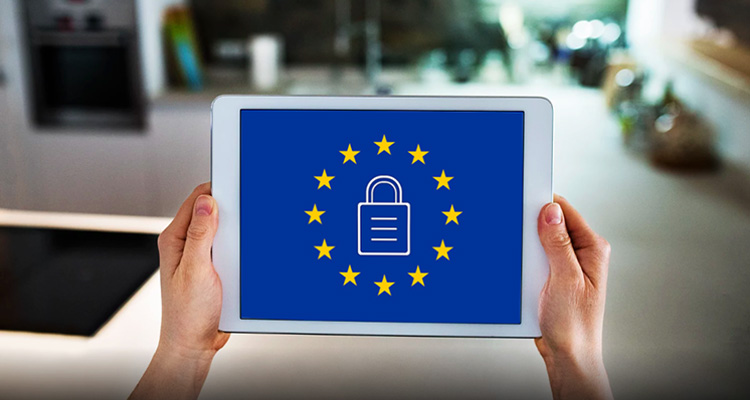Fintech 2020 trends: what’s new in the financial technology sector next year?
Entering the last four-month period of 2019, we have our eyes set on next year and what it will hold for fintech companies and users. In PaynoPain we work to get ahead of payment technology trends and be able to meet the needs of citizens before they arise.
That is why we have compiled 5 of the fintech trends that will benefit companies and users in 2020. Let’s see them!
The use of cash in favor of cashless continues to fall
Although it is really difficult for cash to ever disappear altogether, the truth is that cashless payments are preferred by the user more than those made with cash. This trend is clearly seen in countries such as Sweden or the United Kingdom, where the vast majority of payments are already made without physical money. In addition, the definitive boom of cashless in 2020 will be linked to the rise of NFC technology, which in occidental countries is the one used to pay with the smartphone or smartwatch in most cases.
The rise of IoT and invisible payments comes
The so-called invisible payments are those that barely require human intervention to be carried out. After going cashless, the next step is that payments do not need explicit confirmation from the user, but do not panic, security is assured thanks to biometric identifications and tokenization of payment data. As a typical example, smart refrigerators are able to detect what is missing inside and order it from the store automatically, so that the purchase is practically done alone.
New technologies have come to stay: IA, Blockchain, Big Data…
Once again, in search of reducing time and achieving greater efficiency and productivity, there are several amazing technologies that have been on the market for some time but are still waiting for their moment of splendor. And there are many utilities that Artificial Intelligence, Big Data, Blockchain or Machine Learning can contribute to financial technology. Automated customer service, data collection to create personalized sales experiences or directly new products and the non-dependence of banks are the most obvious advantages, but certainly there are many more and retailers will begin to use them in 2020.
New diversification and use of cryptocurrencies
After the roller coaster of ups and downs that has been Bitcoin and other popular cryptocurrencies in recent years, users are choosing to diversify their investments and bet on other cryptocurrencies and even other kind of cryptocurrencies: the stable ones. This is the case of those who plan to issue some banks or, a high-profile example, the Facebook Libra. In this way, cryptocurrencies will begin to be used to make real payments and not just to invest, as was done mainly so far.
A more defined regulation for greater security
We have been seeing a (logical) trend towards a greater regulation of a sector that, as always happens when something new arises, until now it was accepted by regulations of other sectors that did not fully correspond to its activity. In the case of financial technology, the European PSD2 and the SCA will enter into force between 2020 and 2021 and it is also expected that the regulatory Fintech Sandbox will be formalized in Spain, still to be defined. What is ultimately sought is that all actors in the sector gain security, especially end users who are ultimately the most vulnerable.
If you are interested in the fintech sector and want to stay updated, do not hesitate to subscribe to our newsletter for free and you will receive all the news that we publish in PaynoPain’s fintech blog.
At PaynoPain, we collaborate with companies that share our vision of innovation, quality, and technological excellence. If you offer complementary solutions or want to distribute our products, together we can go further. We offer you support, training, and real opportunities for joint growth, with global impact.



